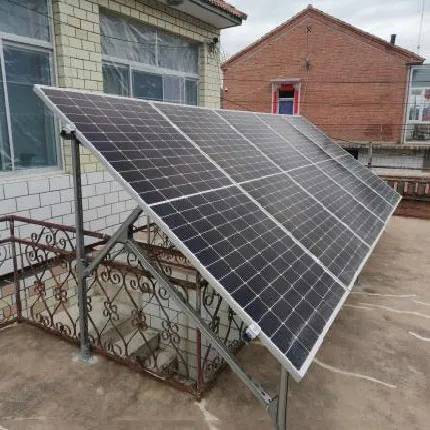
With the growing emphasis on energy efficiency and sustainable living, many homeowners are exploring alternative ways to heat and cool their homes. One such innovation is the air source heat pump (ASHP), a technology that’s gaining popularity due to its eco-friendly nature and cost-saving potential. But what exactly is an air source heat pump, and how does it work? Let's break it down.

An air source heat pump (ASHP) is a heating and cooling system that absorbs heat from the outside air and transfers it inside your home during the winter months. In summer, the process is reversed, and the system acts as an air conditioner, extracting heat from your home and releasing it outside. Essentially, it's a two-in-one system that provides year-round comfort using renewable energy from the air. Unlike traditional heating systems, which burn fuel to create heat, air source heat pumps move existing heat from one place to another, making them highly energy-efficient.
An air source heat pump operates based on the principles of thermodynamics, similar to how a refrigerator works. Here’s a simple breakdown of how the system functions:
1. Absorption of Heat: Even in cold weather, there’s some heat in the air. The ASHP uses a refrigerant to absorb heat from the outdoor air. This refrigerant is pumped through the outdoor unit of the heat pump, where it turns into a gas as it collects heat.
2. Compression: Once the refrigerant has absorbed heat, it’s compressed, which raises its temperature. The now hot refrigerant gas is transferred indoors to the heat exchanger.
3. Heat Distribution: Inside your home, the heat from the compressed refrigerant is released through a heat exchanger. This heat can be distributed through radiators, underfloor heating, or air ducts.
4. Cooling Mode: In summer, the process is reversed. The heat pump extracts warm air from inside your home, expels it outside, and cools the air within your home, keeping it at a comfortable temperature.
There are two main types of air source heat pumps:
1. Air-to-Air Heat Pumps: These systems provide heating and cooling by distributing warm or cool air through fans or ductwork. They’re typically used for space heating or cooling.
2. Air-to-Water Heat Pumps: These systems transfer heat to your home’s hot water system, which can then be used for underfloor heating or to heat radiators. Air-to-water heat pumps are often used in colder climates for both space heating and domestic hot water.
There are several reasons why homeowners are increasingly opting for air source heat pumps:
1. Energy Efficiency: ASHPs can be up to four times more efficient than conventional heating systems, as they move heat rather than generate it by burning fuel. For every unit of electricity consumed, they can provide multiple units of heat.
2. Cost Savings: Although the initial installation cost may be higher than traditional systems, air source heat pumps can significantly reduce energy bills over time, especially in areas with moderate climates.
3. Eco-Friendly: ASHPs use renewable energy from the air and emit far less carbon dioxide than fossil-fuel-based heating systems, making them an environmentally friendly choice. When powered by renewable electricity, they’re even more sustainable.
4. Dual Functionality: With the ability to both heat and cool your home, air source heat pumps eliminate the need for separate heating and cooling systems, offering convenience and versatility.
5. Low Maintenance: ASHPs are generally low maintenance, requiring only annual check-ups and occasional cleaning of the air filters. This is a major advantage for homeowners looking for a hassle-free heating and cooling solution.
While air source heat pumps offer many benefits, there are some factors to keep in mind:
1. Climate: While ASHPs can work in colder climates, their efficiency decreases as outdoor temperatures drop. In areas with extreme winters, supplemental heating systems may be necessary.
2. Installation Costs: Although long-term savings are possible, the upfront cost of purchasing and installing an ASHP can be significant. However, government incentives or rebates for energy-efficient systems may help offset these costs.
3. Space Requirements: ASHPs require outdoor space for the installation of the external unit. The unit should be placed in an area with good airflow and minimal obstructions to ensure optimal performance.
An air source heat pump is a highly efficient, eco-friendly solution for heating and cooling your home. By leveraging the renewable energy present in the air, these systems can reduce energy bills, lower carbon footprints, and offer year-round comfort. If you're looking for a sustainable way to heat or cool your home, an ASHP might just be the perfect investment for your future.
Founded in 2015, Hebei Dwys Solar Technology Co.Ltd. is committed to reducing carbon footprint. At present, the company has made great breakthroughs in household solar systems, industrial solar systems,electricity and energy storage, solar water pumps, solar heat pumps, and solar charging pile projects,BIPV,etc. Learn more about what we offer by visiting our website at https://www.pvsolarsolution.com/. For questions or support, contact us at elden@pvsolarsolution.com.